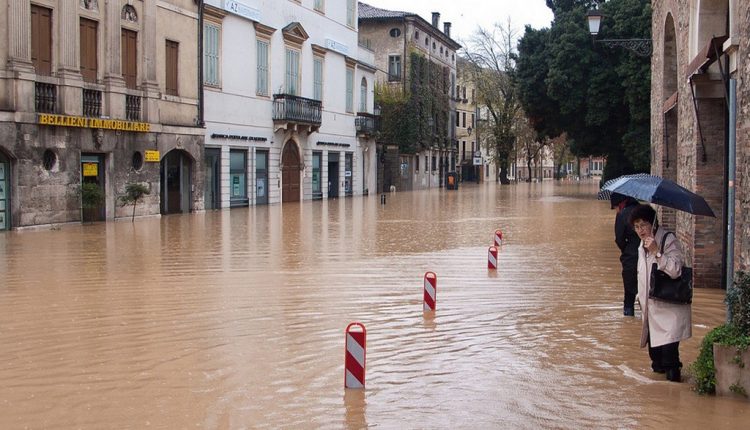
The floods that have most affected the world - three examples
Water and destruction: some of the most devastating floods in history
How threatening can an expanse of water be? It depends, of course, on the context, but certainly when we are talking about rivers coming out of their banks and numerous landslides and mudslides are caused by these disasters, there is little to feel safe about. Cloudbursts can be a real danger if not considered as such in time, and throughout the years we have collected some terrible examples of these threats globally.
So let’s take a look at some of the floods that have most disrupted the world, and what their impacts have been:
China, with the cloudburst with the greatest recorded consequences
China has experienced a rather unique series of floods, but none will ever surpass that of 1931. The nation had already seen exceptional snowfall during the winter, and all the accumulated snow melted away as summer arrived. This was already a difficult scenario, but along with this came torrential rains and as many as seven cyclones that hit various towns. Rivers overflowed, cities ended up under water, and despite emergency procedures and the intervention of rescue teams thousands of people died as the wave arrived. With 3.7 million people displaced, many died from starvation and disease protracted by the tragedy.
In America, its greatest asset at the time also involved enormous damage
Everyone is at least largely familiar with the presence of the Mississippi River in American culture.It is a symbol that appears in movies, stories, songs and more.Yet, this vast expanse of water can also bring quite a bit of trouble if not controlled properly. In the spring of 1927, there was such continuous and torrential rain that the river overflowed. The damage was incredibly extensive, with 16 million hectares covered by water, causing some areas to become veritable lakes. 250 people lost their lives and at least a million evacuated from their homes, losing them completely.
Italy is remembered internationally for the cultural damage of a cloudburst.
In this case we must remember the Arno River, which struck Italy itself in 1966.The water levels were so high that it clearly showed what could have been a hydrogeological danger.Mud invaded Florence and other towns, with enormous cultural damage. The National Library finds its millions of books submerged. 1,500 works are damaged and will take many years to restore. However, this scenario is also a demonstration of how the people can rush to the citizen’s aid. Many indeed were the volunteers who risked their lives to recover properties of important historical and artistic significance.



